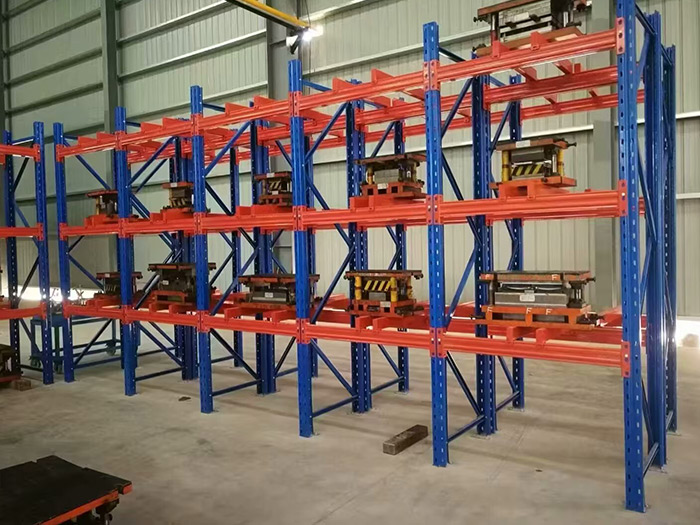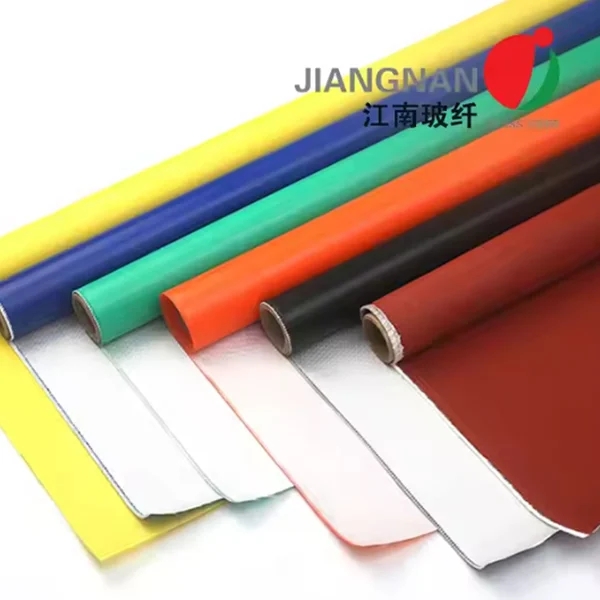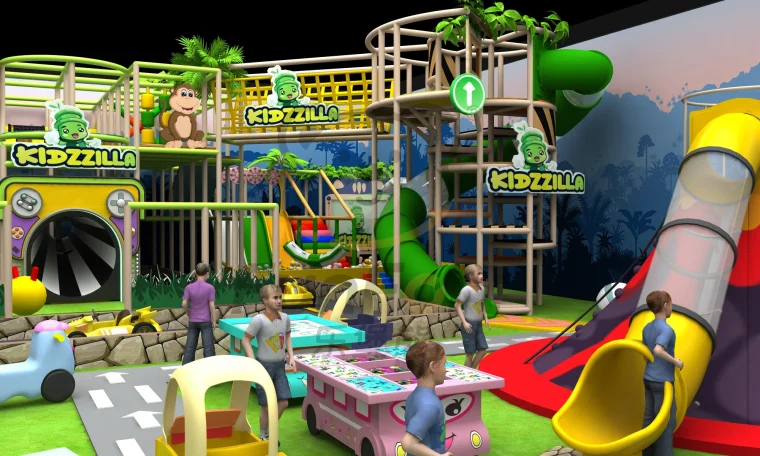In the realm of modern architecture, cladding serves as more than just a protective layer; it is a crucial design element that enhances aesthetic appeal, improves energy efficiency, and contributes to the overall sustainability of a building. With a plethora of materials available, architects and builders must carefully consider their options to achieve the desired functionality and visual impact. This article delves into the various materials used for cladding, examining their properties, advantages, and applications.
- Metal Cladding: Durability Meets Modern Aesthetics
Metal cladding, often made from aluminum, steel, or zinc, is renowned for its durability and sleek appearance. It is resistant to weathering, corrosion, and fire, making it an ideal choice for both commercial and residential buildings.
- Aluminum: Lightweight and versatile, aluminum cladding can be easily shaped and painted, allowing for a wide range of design possibilities. Its reflective properties can also enhance energy efficiency by reducing heat absorption.
- Steel: Known for its strength, steel cladding is often used in industrial applications. It can be treated with coatings to prevent rust and is available in various finishes, including galvanized and weathering steel.
- Zinc: This material develops a protective patina over time, which not only enhances its aesthetic appeal but also increases its lifespan. Zinc cladding is often used in contemporary designs due to its unique texture and color variations.
- Wood Cladding: Natural Beauty and Sustainability
Wood cladding offers a warm, organic aesthetic that can complement various architectural styles. It is available in numerous species, each with its unique grain and color.
- Cedar: Naturally resistant to decay and insects, cedar is a popular choice for exterior cladding. Its rich color and aromatic properties add to its appeal, making it suitable for both rustic and modern designs.
- Redwood: Similar to cedar, redwood is durable and resistant to warping. Its rich hues and fine grain make it a favorite for high-end residential projects.
- Engineered Wood: For those seeking sustainability, engineered wood products, such as cross-laminated timber (CLT), provide an eco-friendly alternative. These materials are designed to minimize waste and can be produced with a lower carbon footprint.
- Vinyl Cladding: Cost-Effective and Low Maintenance
Vinyl cladding has gained popularity due to its affordability and low maintenance requirements. Available in a variety of colors and styles, vinyl can mimic the appearance of wood or other materials without the associated upkeep.
- Durability: Vinyl is resistant to fading, peeling, and cracking, making it suitable for various climates. It does not require painting or staining, which can significantly reduce long-term maintenance costs.
- Energy Efficiency: Many vinyl cladding products come with insulation options, enhancing the energy efficiency of buildings and contributing to lower heating and cooling costs.
- Brick and Stone Cladding: Timeless Elegance and Strength
Brick and stone cladding are traditional materials that exude timeless elegance and robustness. They are often used in both residential and commercial applications.
- Brick: Known for its durability and thermal mass, brick cladding can help regulate indoor temperatures. It is available in various colors and textures, allowing for creative design applications.
- Natural Stone: Options such as granite, limestone, and slate offer unparalleled beauty and strength. Stone cladding can be used to create stunning facades and is often employed in high-end architectural projects.
- Cultured Stone: For a more cost-effective alternative, cultured stone provides the appearance of natural stone while being lighter and easier to install. It is made from concrete and can be molded into various shapes and textures.
- Composite Cladding: Innovation Meets Versatility
Composite cladding combines various materials to create a product that offers the best of both worlds. Typically made from a blend of wood fibers and plastic, composite cladding is designed to mimic the appearance of wood while providing enhanced durability.
- Sustainability: Many composite products are made from recycled materials, making them an eco-friendly choice. They are also resistant to rot, insects, and fading, ensuring longevity.
- Design Flexibility: Composite cladding is available in a wide range of colors and finishes, allowing architects to achieve the desired aesthetic without compromising on performance.
Conclusion
Choosing the right cladding material is a critical decision that impacts not only the aesthetic appeal of a building but also its performance and sustainability. From the sleek lines of metal to the warmth of wood and the timeless elegance of brick and stone, each material offers unique benefits that cater to different architectural needs. As the industry continues to evolve, innovative materials such as composites are paving the way for more sustainable and versatile options. By understanding the properties and applications of these materials, architects and builders can make informed choices that enhance both the functionality and beauty of their projects.




